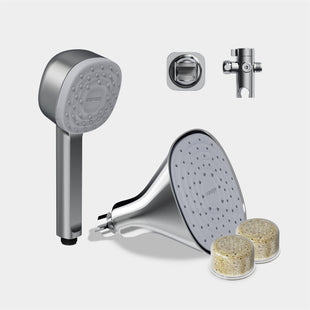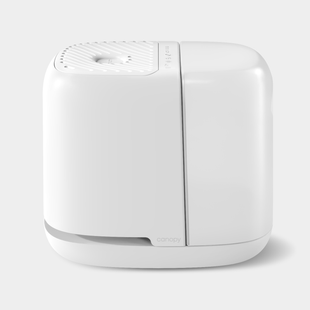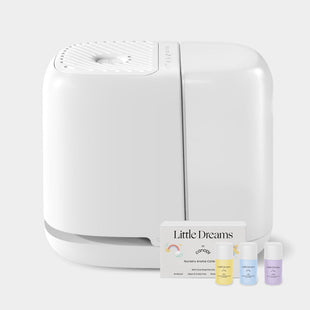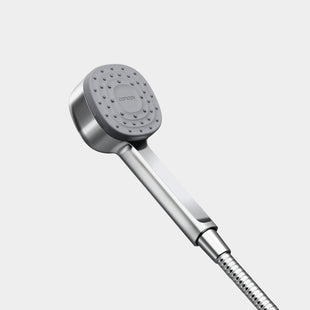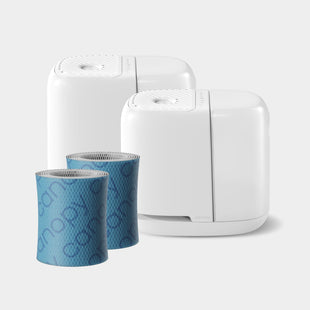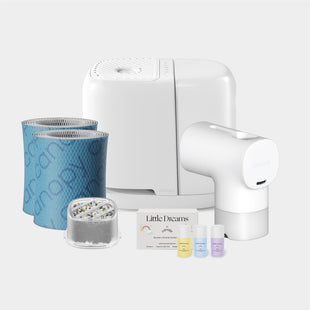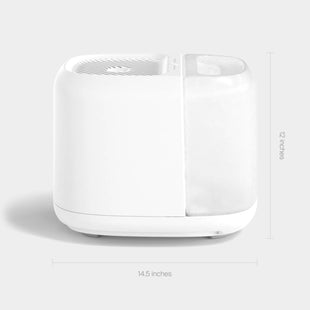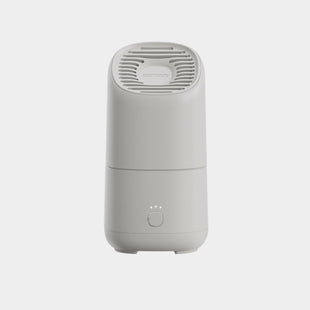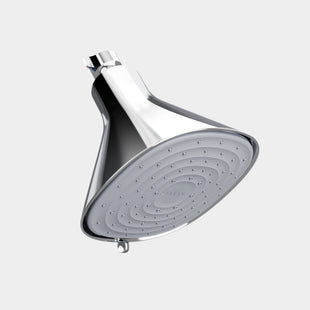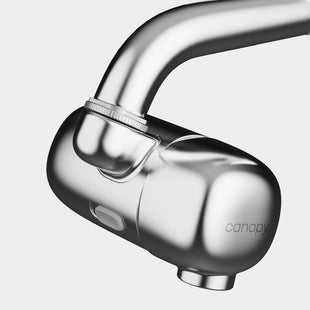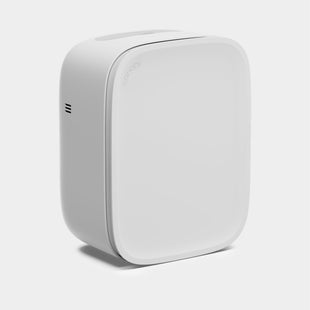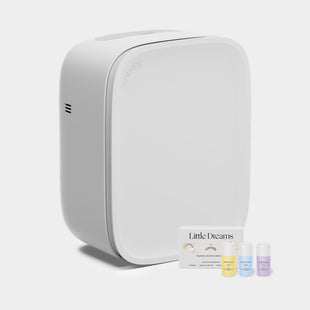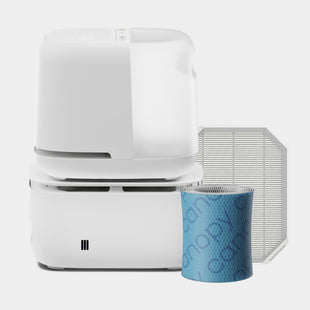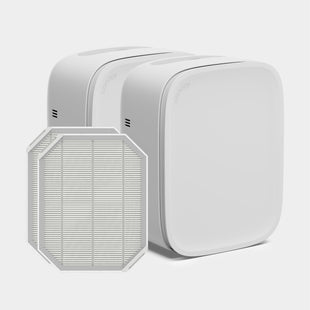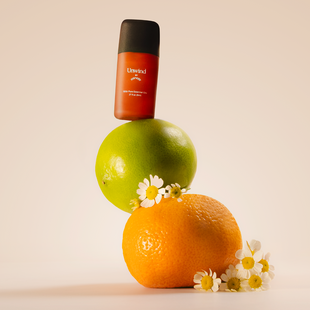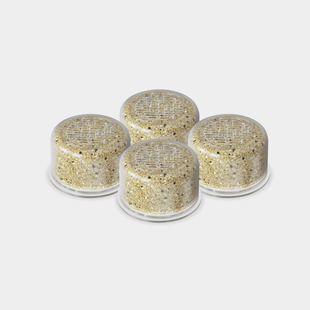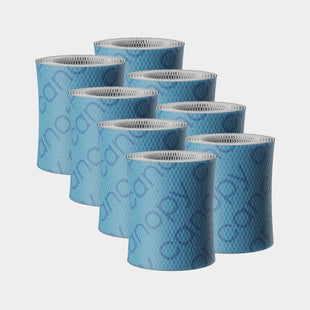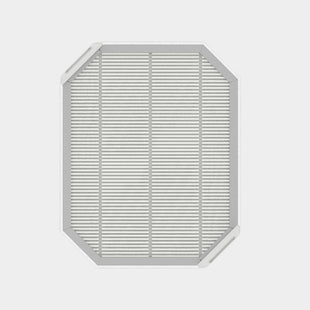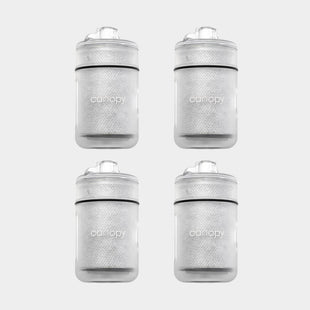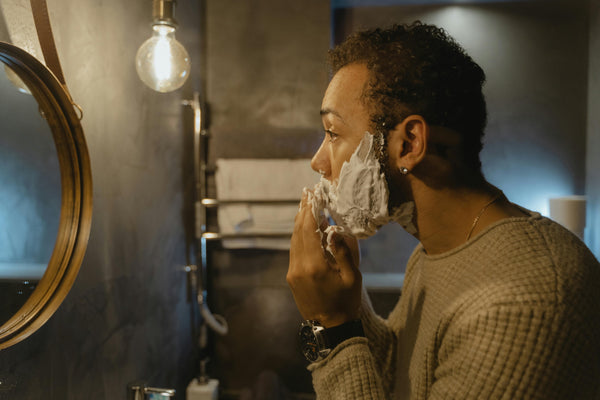Shaving can be a real pain for some people. The process can leave your skin red, itchy, or otherwise irritated, even after investing in high-quality razors and fancy shaving products. The issue might have less to do with the equipment you’re using and more to do with how you’re using it. When your face hurts after shaving, the water from the tap could be the culprit.
Shaving with water that contains excess minerals and other contaminants can mess with your skin more than you realize. If you’ve tried everything and still can’t get the smooth, close shave you want, it might be time to switch to filtered water.
Why Does My Face Burn After Shaving?
If shaving has always been irritating—or if you’ve seen friends and family members experience discomfort—then you might think that’s the norm. But it doesn’t have to be.
It’s true that many men experience razor burn, which can appear as red and irritated areas that create a streaky rash after shaving. Some may also develop razor bumps, painful and itchy spots that look like tiny pimples, ingrown hairs, and micro-cuts that only become noticeable after rinsing or applying aftershave1.
Ingrown hairs are especially common among men with coarse, curly facial hair and darker skin tones, resulting in a condition known as pseudofolliculitis barbae2.
There are many reasons why your face might burn after shaving. Some of the most common include:
-
Dry shaving (not using a shave gel or cream to lubricate your skin)
-
Using a product with irritating ingredients
-
Shaving against the direction of hair growth
-
Using a dull razor
-
Shaving too fast
What do these all have in common? They cause your razor to drag across your skin, catching and pulling at the hairs instead of cutting them. The result: discomfort and a burning sensation that has you thinking about growing out a full beard every time you pick up a razor.
It’s Not You—It’s the Water

Sometimes, you can do everything right when it comes to shaving but still end up with irritation. If that’s the case, your technique might not be the issue.
Hard water is prevalent throughout the country3. This designation refers to water that contains more than the average levels of dissolved minerals, primarily calcium and magnesium. The extra minerals can cause buildup inside your plumbing and fixtures, make it harder to clean laundry and dishes, and increase soap scum.
Hard water isn’t great for your skin and hair either. Hard water can dry out your skin, and when it comes to shaving, those excess minerals can reduce the effectiveness of the products you use to achieve a close shave.
For example, hard water prevents shaving gel or cream from forming the rich lather that supports a close shave. An adequate lather is key to avoiding razor drag, but if the water coming from your tap is too hard, you’ll have to use more product to get what you need. You might also be tempted to use hotter water to encourage foaming, but higher temperatures typically lead to dry or inflamed skin.
Weak lather isn’t the only issue that can come from hard water. When the water has a high concentration of other minerals and metals, the effects on your skin can include dryness, itching, redness, burning, and even breakouts. Shaving can damage the skin barrier. In the process of removing hair, the razor also removes skin cells and creates microscopic tears in the skin, leaving it vulnerable to the effects of the contaminants in the water1.
When you’re wondering why your face burns after shaving or how to prevent razor bumps, you can’t overlook the possibility that the problem could literally be something in the water.
Why Filtered Water Is Beneficial for Skin
Investing in a filtration system for your bathroom sink can be a game changer for anyone who experiences irritation when shaving. Without as much chlorine or as many heavy metals, minerals, and other harsh chemicals, water is gentler on your skin, reducing the redness and discomfort you experience after shaving.
Mineral deposits in hard water can also cause clogged pores and ingrown hairs4. The minerals bind to ingredients in cleaners and shaving products, making them harder to rinse away. That residue can contribute to acne, razor bumps, and irritation. But with a filter on the tap, you’ll enjoy clearer, softer skin and a better shave.
Switching to filtered water can give you a smoother and more comfortable shave by reducing the mineral buildup on your razor and reducing friction. Your shaving soap or cream will lather more effectively, so you can use less without sacrificing effectiveness.
Get a Better Shave With Canopy
You already love having cleaner, gentler water in the shower, so why not bring those benefits over to the sink? Canopy’s Faucet Filter is designed to reduce chlorine and contaminants that can leave tap water tasting and smelling unpleasant—and using the sink every day less enjoyable.
Fall in love with your bathroom all over again. Users report tap water that tastes and smells fresher and helps restore the skin barrier*. The filter is available in 6 colors to match your hardware or provide a playful accent. Remember to sign up for a subscription to save on your initial purchase and get convenient cartridge refills every 90 days.
*Based on an external Consumer Perception Study of 42 participants, after 30 days. Results may vary per individual.
Sources:
-
Begum, J. (29 January 2024). How to Treat Razor Burn. WebMD. Retrieved February 20, 2025, from https://www.webmd.com/skin-problems-and-treatments/remedies-relieve-razor-burn
-
Ludman, P. (2 July 2022). Razor Bump Remedies for Men With Darker Skin Tones. American Academy of Dermatology. Retrieved February 20, 2025, from https://www.aad.org/public/everyday-care/skin-care-basics/hair/razor-bump-remedies
-
Hardness of Water. United States Geological Survey. Retrieved February 20, 2025, from https://www.usgs.gov/special-topics/water-science-school/science/hardness-water
- Helm, L. (6 May 2023). Is tap water ruining your skin? A dermatologist tells all. Newsweek. Retrieved February 20, 2025, from https://www.newsweek.com/skincare-water-tap-acne-filter-dermatologist-1795064

